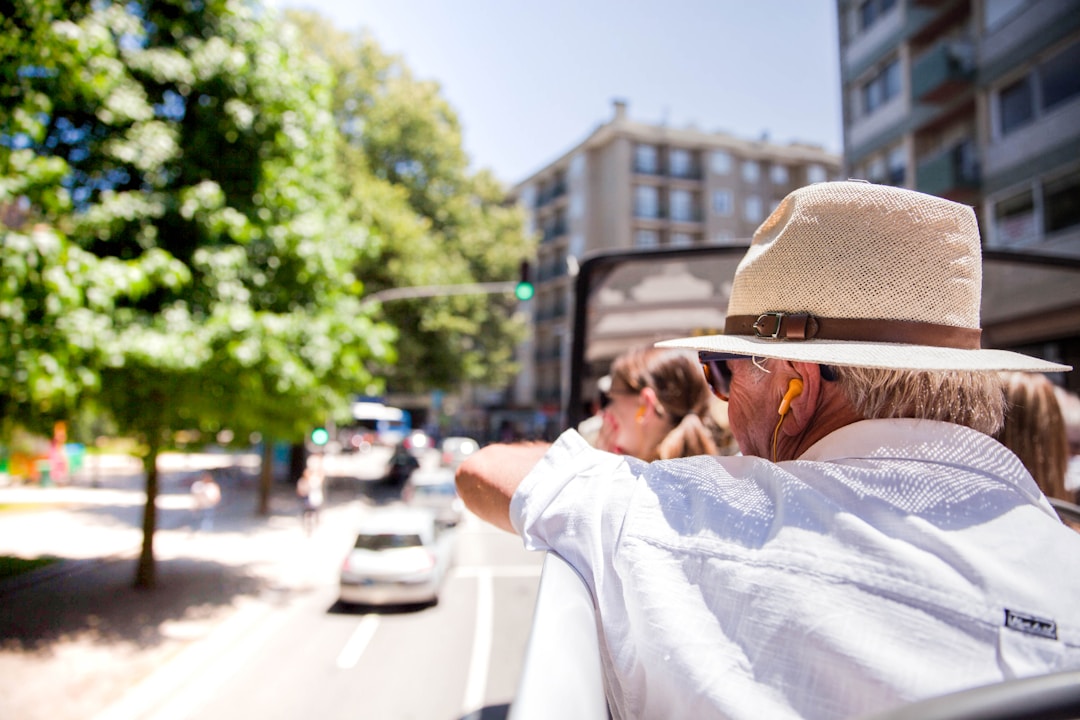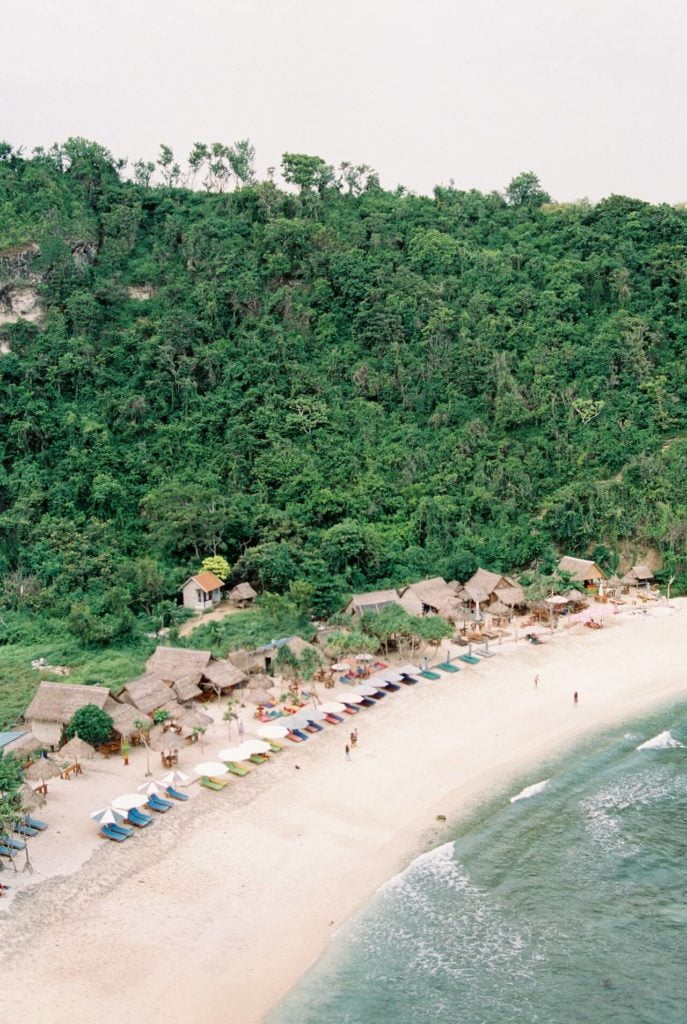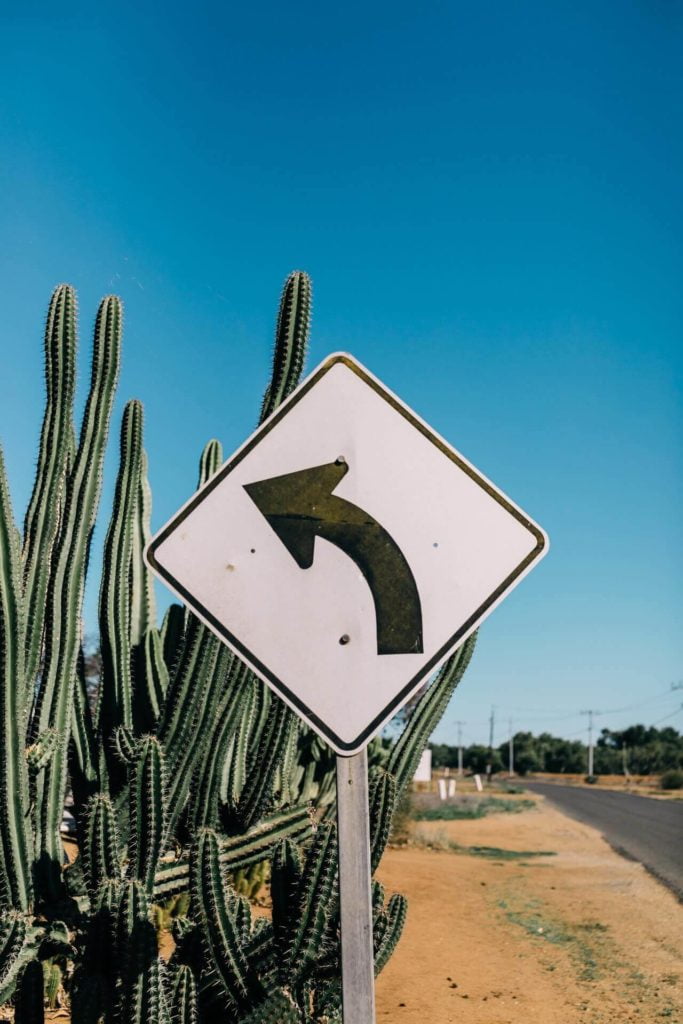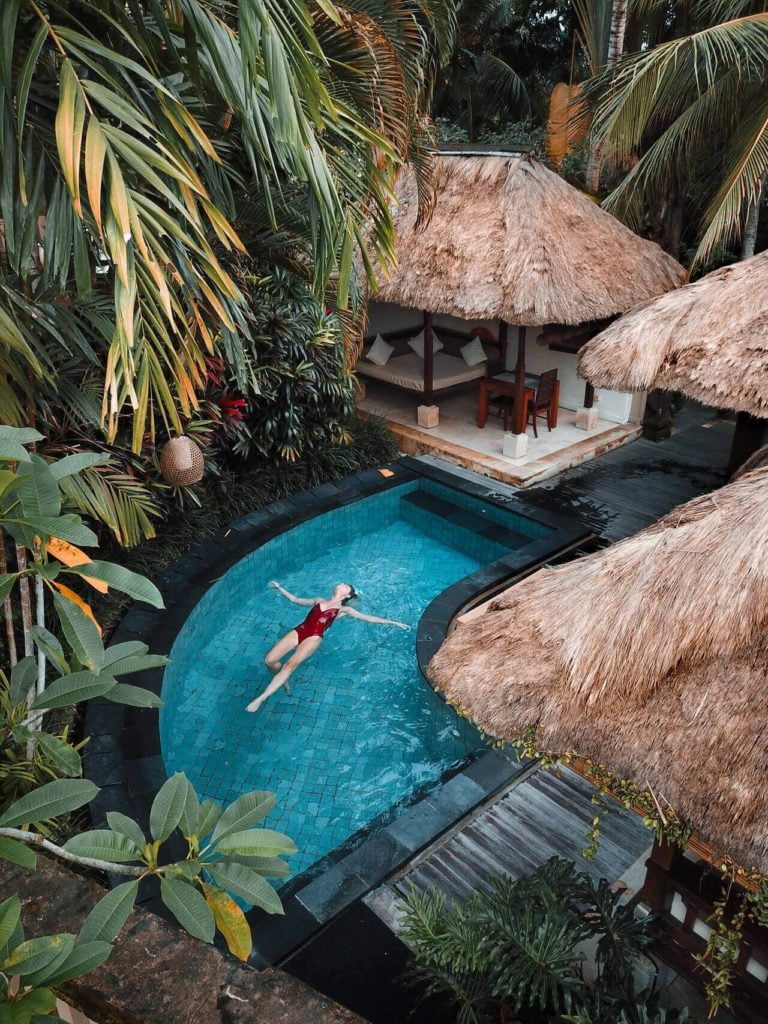The global tourism industry took a huge dip due to COVID-19. There was a significant reduction in tourism activity even for the world’s tourism hotspots like Greece and Dubai, and you can make any predictions about the industry’s swift return to the past with a grain of salt. Tourism is a commodity for everyday people, and we are all involved. There may be no easy way out, but leveling up to ensure people begin to enjoy the new tourism normalcy in your area can be nothing short of a good idea. Here are some tips to boost tourism in your local area.
Study the local area well.

Tourism ambassadors are knowledgeable individuals willing to share accurate information and inspire travelers to live their best lives. The first step to becoming a local self-made tourism ambassador is to understand your town’s tourism scene. Know the best attractions and favorite spots and learn about the rich history and the real people who have done a great job in shaping the town. For example, if you’re in Mississippi, read up on areas like the Convention and Visitors Bureau in Corinth, MS.
Learn more about the Natchez Trails and the Corinth and how it unfolded. You can also visit the Corinth Civil War Interpretive Center, which you can recommend for families looking for interesting activities. Still using Mississippi as a case study, note that the Southern hospitality is too broad to limit yourself to just a sect of Mississippi’s tourism world. The bottom line is to be familiar with your local tourism space as much as possible.
Encourage experience sharing.
Luckily, today’s digital age has made it more convenient for travel lovers to share user-generated content. But exactly what is user generated content? User-generated content (UGC) is a great way for businesses to create an emotional connection between the brand and potential buyers.
In recent years, many different ways and marketing channels have emerged in the digital space for everyday consumers to create their own content with little effort. TikTok, Pinterest, and YouTube are among many platforms that have seen consistent traction and adoption for a long time. What’s left is for digital marketers to take a deeper look at social media users and how they use digital channels to upload content. With insights from this exercise, any business can create a UGC strategy to fuel a particular product or brand’s desire among prospective and current customers. A good UGC campaign can be an authentic way for people to share tourism experiences from your community, and the power of UGC with millennials can be hard to ignore.
Consumers trust recommendations, but marketing industry trends show that visual UGC creators keep scaling impressions compared to brands. That means new travelers have a good reason to relate to your own content rather than the professional content published by official tourism social media channels. That’s the beauty of UGC.
Provide updates on what’s new.

Keeping a keen interest in what is going on in your community’s tourism space might not be enough. Sharing the activities and new trends with social media active followings can never be a miss. Today’s marketing world affords many users enough opportunities to create authentic content. You can review new cultural attractions on your website pages, share Instagram photos of a new outdoor dining center, or generally curate a blog post about what’s new.
Partner with other tourism ambassadors.
The job is huge, and connecting with other ambassadors can be a great way to do more. Check your social network for other passionate community tourism ambassadors. You can also look at brands like TripAdvisor that can allow you to leverage their platform to reach more people. It even adds credibility to your name on the market. Mutually beneficial partnerships with tourism institutions can also be essential to fund your activities and ultimately profit from your work.




